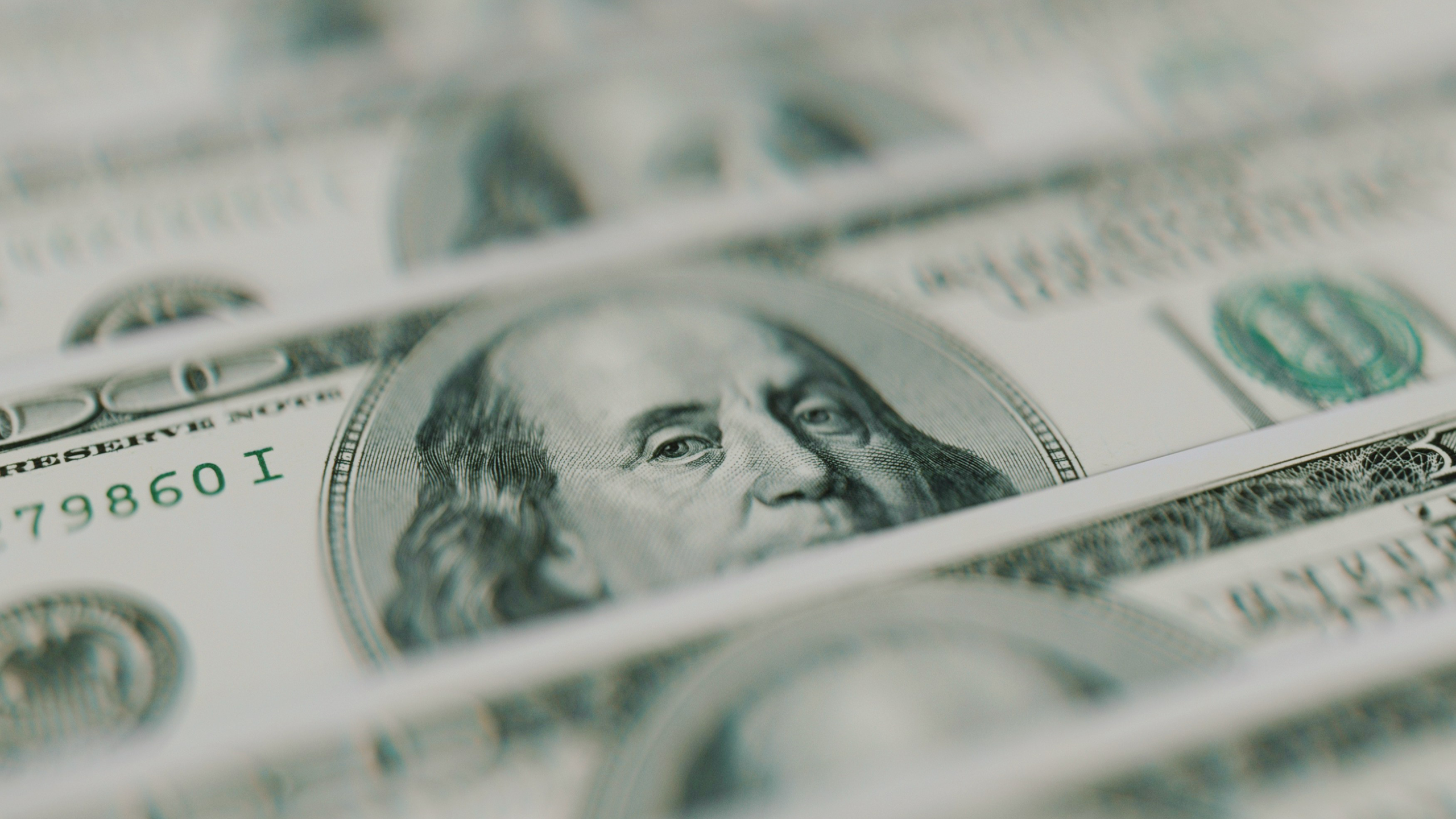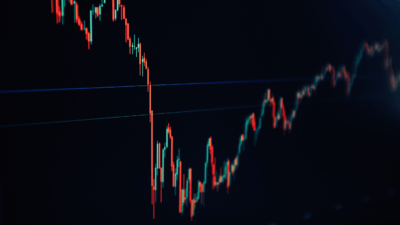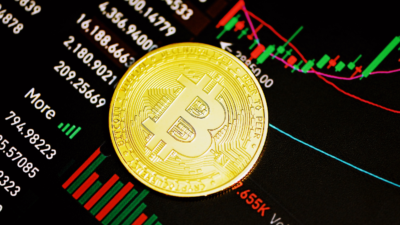Dollar Takes a Bruising From Trump’s Jabs at Fed Chair
The US dollar hit a three year low against a basket of currencies Monday, highlighting investor concerns about US assets.

Sign up for smart news, insights, and analysis on the biggest financial stories of the day.
President Trump called Federal Reserve Chair Jerome Powell a “major loser” on a social media post Monday, the chief executive’s latest broadside against the central banker who has resisted White House pressure to reduce interest rates.
The major winner from the insult was the “sell America” trade. In addition to an equities selloff (the S&P 500 shed 2.4%) and intraday spikes in the 10-year Treasury yield, the deteriorating confidence in the US on Monday pushed the dollar to the lowest level in three years.
Making (Non)Sense of Dollars
The dollar is widely considered the global reserve currency, a status that was shored up by a decade of superior performance by American assets leading into this year. Even as the dollar fell to 58% of global foreign exchange reserves in 2024 from 65% in 2015, according to IMF data, its strength was maintained by a decade of American exceptionalism that guaranteed consistent demand for the currency amid strong capital inflows to the US economy.
A trade war ignited by US tariffs, however, has pushed stock and bond markets off a cliff, dragging the greenback down in the process. The White House’s attacks on Powell have raised concerns about the Fed’s independence, compounding investor concerns that US assets may no longer be a safe haven. Monday saw the greenback lose more of its footing, and the implications for US equities aren’t great:
- The US Dollar Index, which measures the greenback against a basket of currencies, tumbled on Monday, touching a three-year low of 97.92. At other points in the day, the dollar dropped to a 10-year trough against the Swiss franc and a more than three-year low against the euro. The gauge has tumbled 9.3% in 2025.
- Trivariate Research said in a note Monday that, during 16 periods since 2001 in which the dollar weakened at least 5% against the index, the median US equities performance was a 7.5% gain. That’s the sixth worst of 55 regions the firm analyzed — only stock markets in Israel, Mexico, Pakistan and Sri Lanka performed worse during weak dollar periods.
In a sign that corporations are anticipating an extended period of currency upheaval, multiple currency managers told Reuters their US multinational clients are extending their currency hedges — aka agreements to buy or sell currencies at a predetermined exchange rate in the future to protect against fluctuations. Gold also continued its explosive rally on Monday, minting a new $3,400 record as it has become a safe haven of choice away from conventional US assets.
Signs of Slowdown: The impact of the US tariff war on the global economy is already starting to show at home and abroad. The Conference Board said Monday that its closely watched Leading Economic Index, a gauge of US economic activity, fell a dramatic 0.7% in March, more than economists expected. And preliminary data from South Korea showed exports from Asia’s fourth-biggest economy dropped 5.2% year-over-year in the first 20 days of April.











